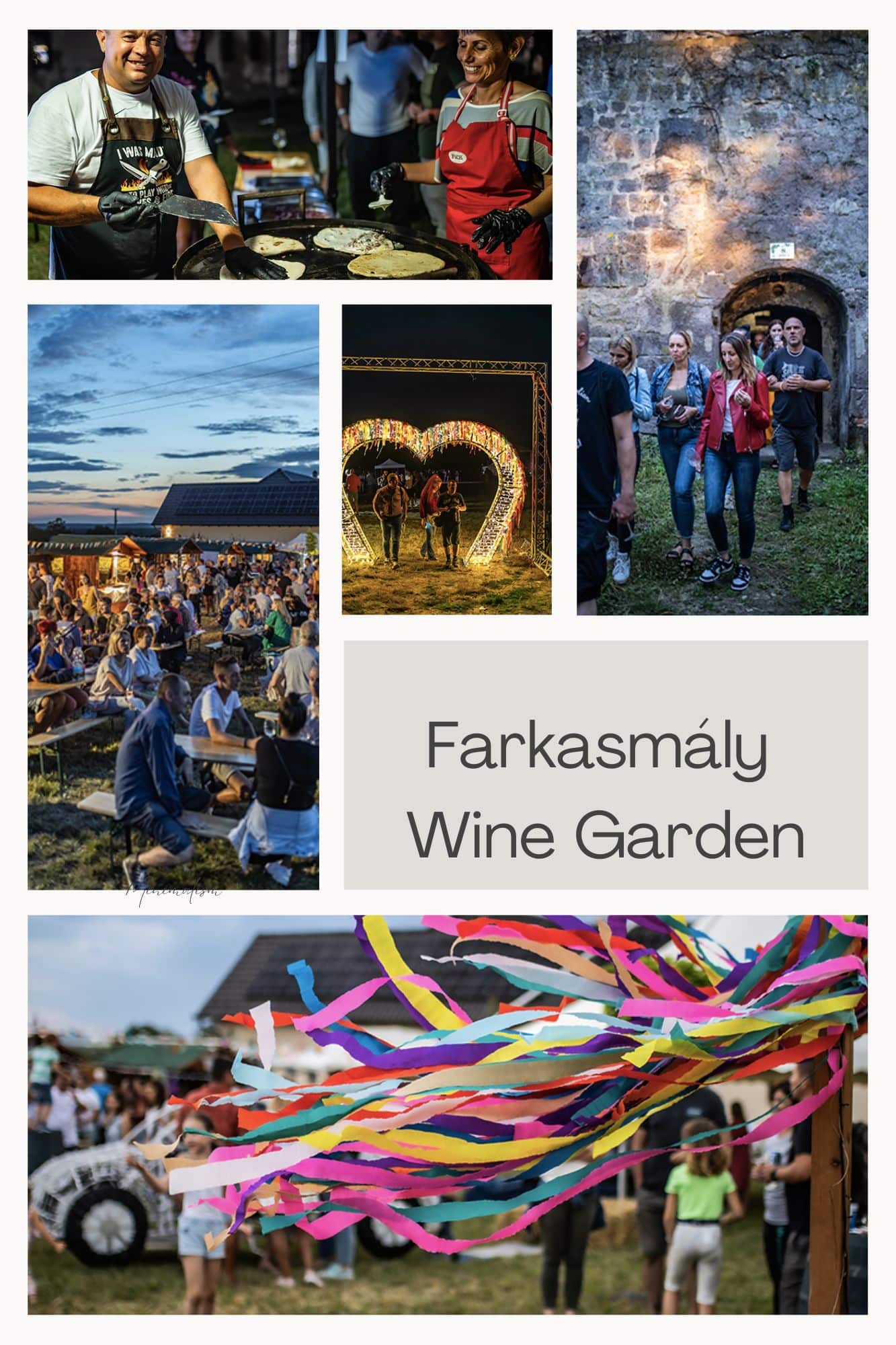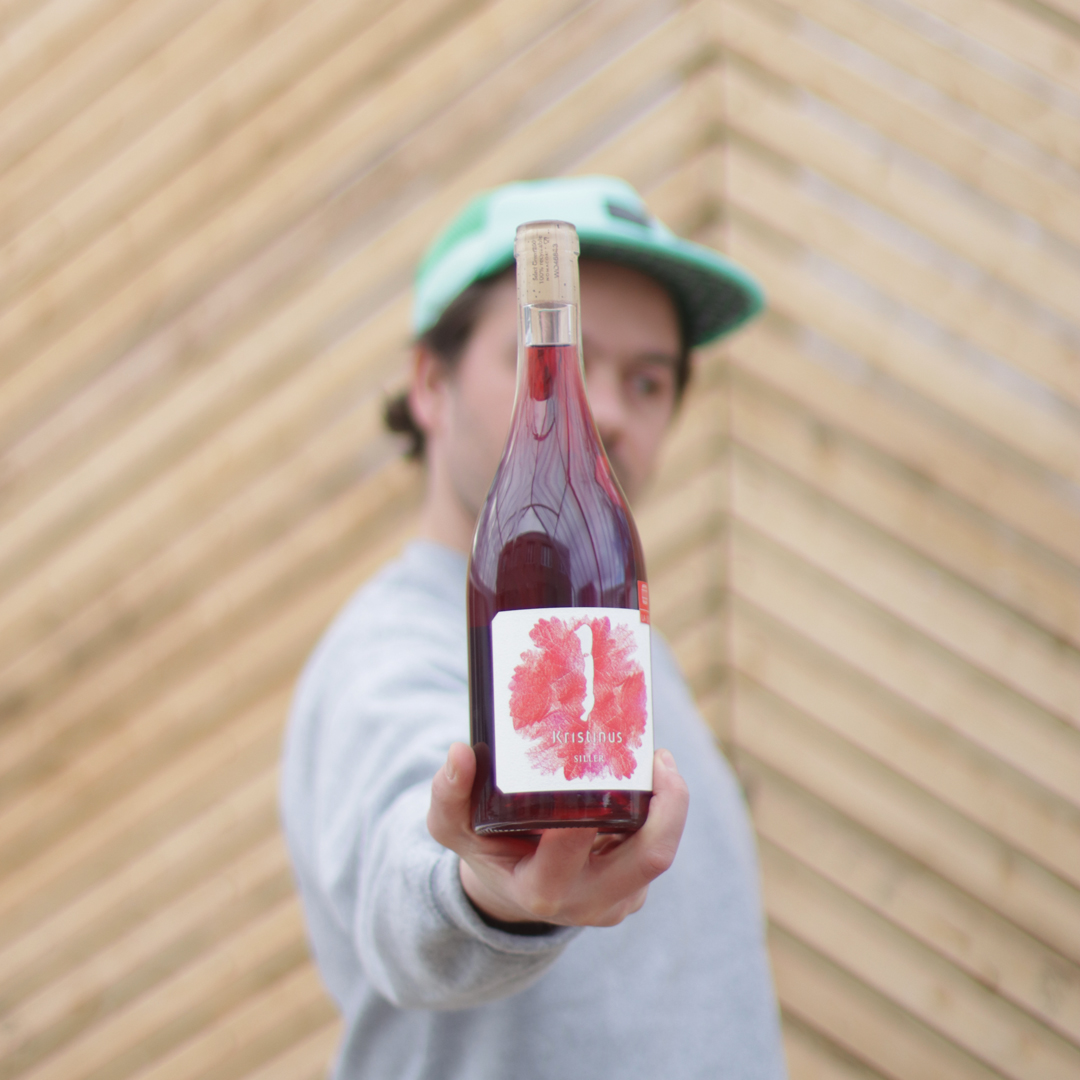
The Blue wine of the Blue lake: Borbély Kéknyelű Selection
Did you know that this unique, Hungarian grape variety got almost extinct in the 1990s? There were only 2 hectares left, but thanks to some devoted winemakers, now Kéknyelű grows on 43 hectares. Let us share some lesser known facts about this variety, and we will recommend a stunning Kéknyelű wine from the Winemaker of the Year 2020!
(The cover photo is taken by Norbert Varga, his photos are available on canvas as well.)
Borbély Kéknyelű Selection 2018 – complex and gracious
The characteristics of the variety are nearly identical with those of the salty-mineral tones of the basalt of the terroir. These notes are finely spiced with the signs of 7 months of oak ageing. Distinct minerality, vibrant acidity, perfect balance. Due to its high potassium content the wine has health benefits. Despite the oaky tones, the wine retains the subtle character of Kéknyelű, sleek and elegant, flowery and harmonious.
More about Borbély Family Winery
Some curiosities about Kéknyelű grape
– This grape is exclusively grown in Badacsony wine region. The above mentioned 43 hectares are all in volcanic Badacsony region on the north shore of Lake Balaton. There is a minor amount (1 hectare) in Balaton Upland wine region and an even smaller amount (0.5 hectare) in Balatonfüred–Csopak wine region (data from 2020 by HNT).
– It is a “female only” grape, thus planting alternate rows with a variety such as Budai Zöld encourages more consistent pollination. Nowadays there is this hybrid of Kéknyelű and Budai Zöld called Rózsakő, also a hermaphrodite. Its ability as a pollinator is far superior to that of Budai Zöld.
– Kéknyelű is quite likely of Hungarian origin, probably it is from Badacsony.
– Animals love it! It ripens relatively late, therefore it needs protection from the hungry games living in the forests of Badacsony and Szent György mountain.
– Kéknyelű means ‘blue stalk’ and refers to the slightly blue tint of the petiole.
– It was believed to be identical with Italian Picolit, but DNA tests proved they are two different grapes with no relation.
– In good vintages it gives elegant wine with creamy structure and subtle, fine acidity. Rare grape variety that is capable of giving exceptionally high quality wines.
– “I believe that this is the only grape in Hungary, maybe even on the planet, that is able to come close to or reach Riesling in terms of elegance, freshness and quality acidity. Kéknyelű usually has high acidity, even higher than Riesling or Furmint when there is no heat or drought stress. And also, it rarely gets too ripe.” Ambrus Bakó, winemaker (Interview on Wine Virtuosity)







